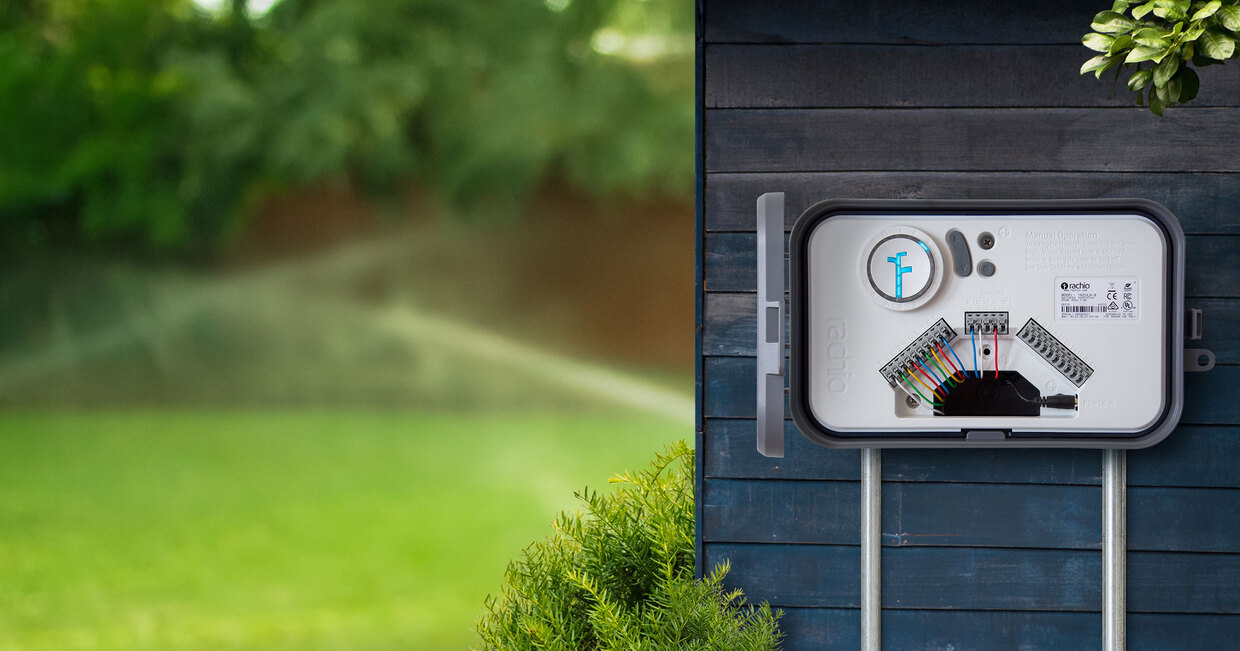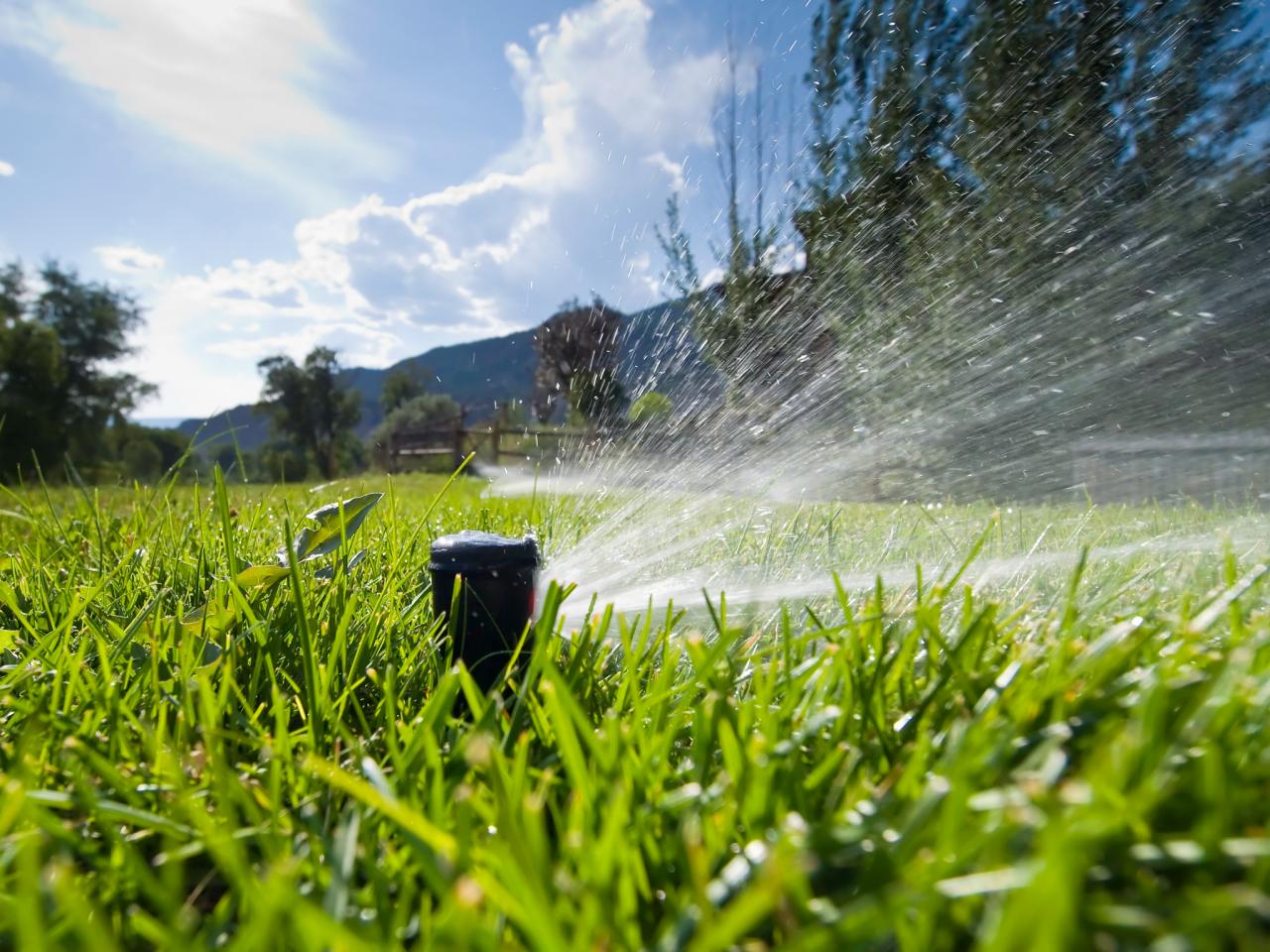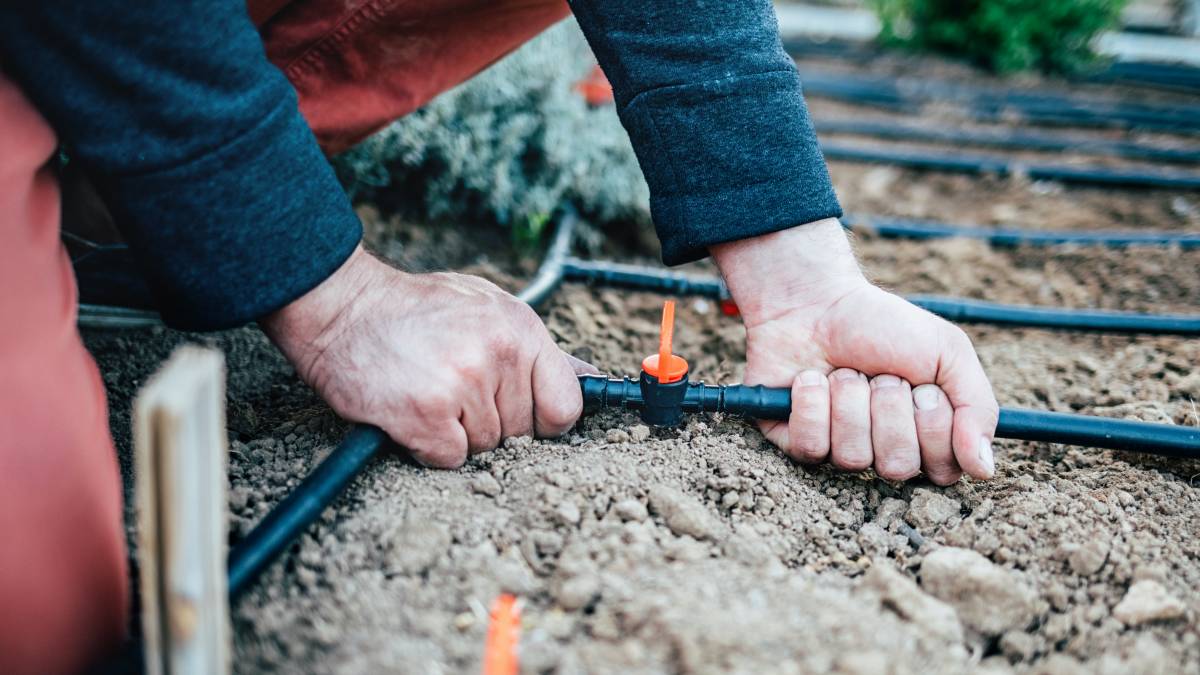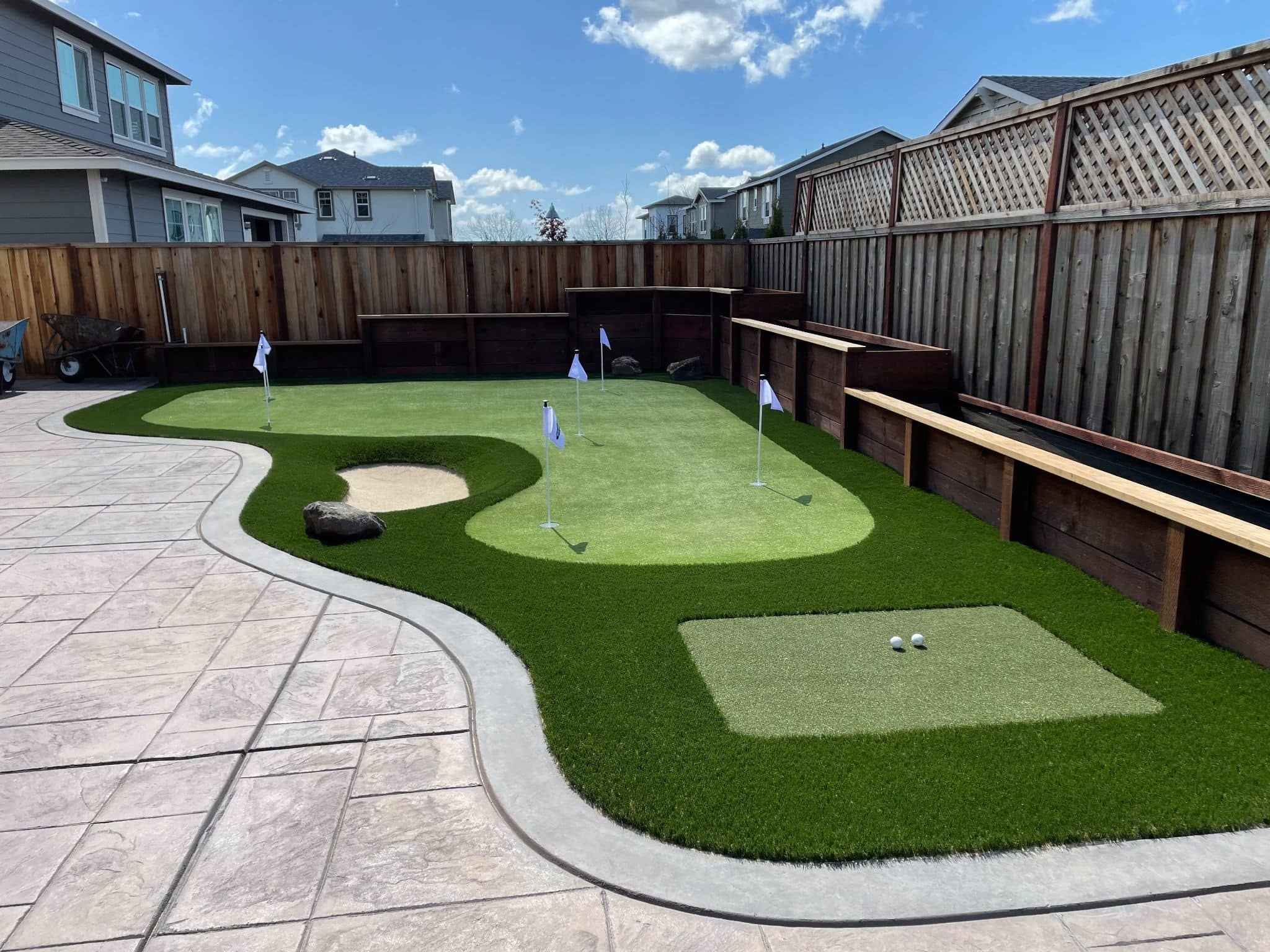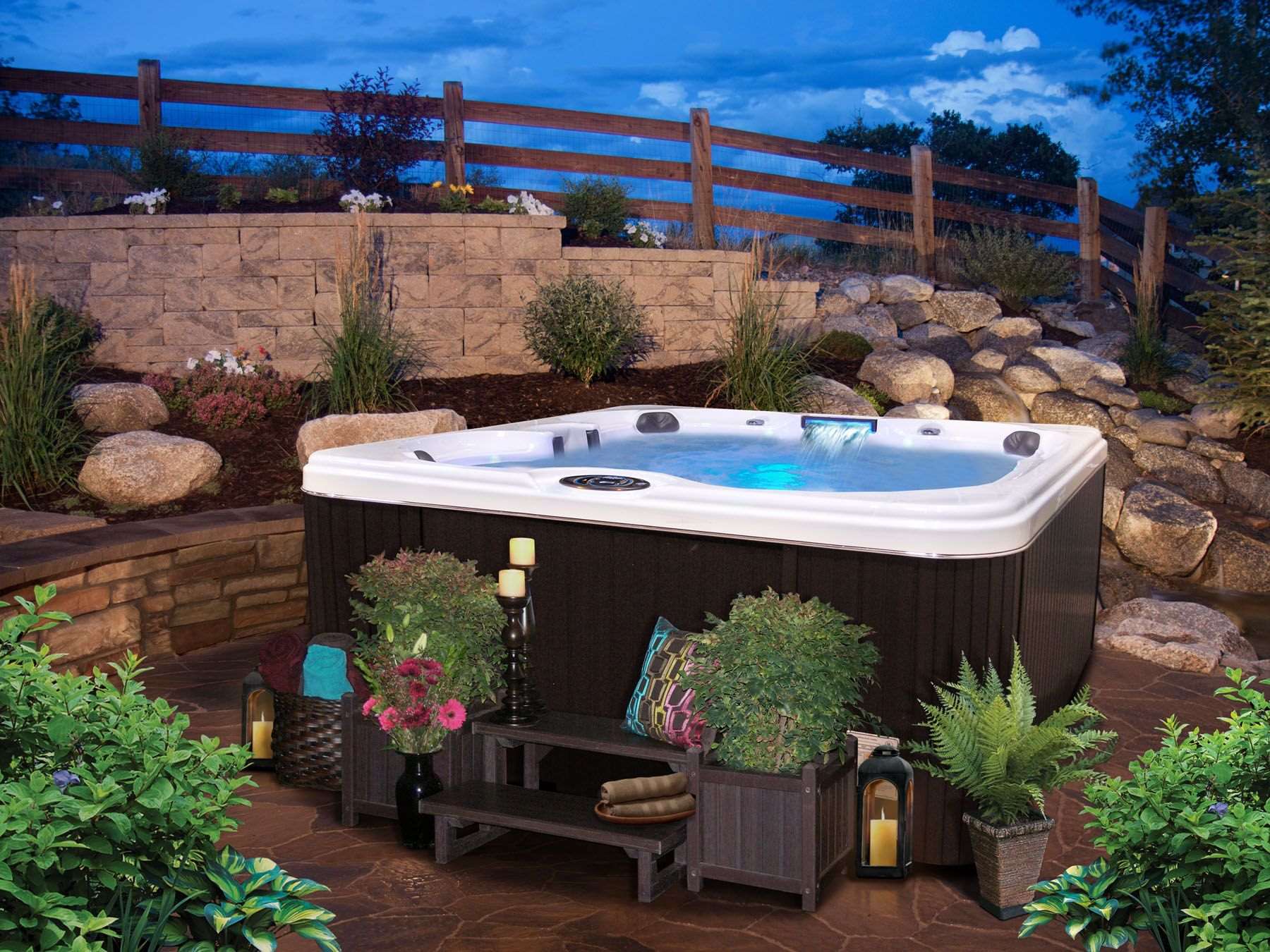Home>Garden Design>Landscape Design>How To Install Landscaping Timbers


Landscape Design
How To Install Landscaping Timbers
Modified: January 22, 2024
Learn how to use landscaping timbers in your landscape design for a stunning and functional outdoor space. Expert tips and ideas for incorporating landscape design with timbers.
(Many of the links in this article redirect to a specific reviewed product. Your purchase of these products through affiliate links helps to generate commission for Chicagolandgardening.com, at no extra cost. Learn more)
Table of Contents
Introduction
Welcome to the world of landscape design! Whether you are a homeowner looking to enhance the beauty of your outdoor space or a professional landscaper creating stunning gardens for clients, incorporating landscaping timbers can be a game-changer. These versatile and durable materials not only add structure and definition to your landscaping but also provide functional benefits such as retaining soil and preventing erosion.
Landscaping timbers are typically long, rectangular pieces of wood or synthetic materials that can be used to create raised beds, borders, pathways, or even structural elements like steps and retaining walls. They come in various sizes, shapes, and materials, allowing you to choose the ones that best suit your design aesthetic and functional needs.
In this article, we will explore the world of landscaping timbers and provide you with valuable information on how to choose, prepare, install, and maintain them. Whether you are a novice or an experienced landscaper, this guide will equip you with the knowledge and inspiration to create stunning outdoor spaces that will stand the test of time.
Throughout the article, we will highlight key considerations when selecting landscaping timbers, provide step-by-step instructions on proper installation techniques, and offer tips on maintenance to ensure your landscaping project remains beautiful and functional for years to come.
So, grab your gardening gloves and let’s dive into the fascinating world of landscaping timbers!
Choosing the Right Landscaping Timbers
When it comes to selecting the right landscaping timbers for your project, there are several factors to consider. From the material to the size and style, each decision will contribute to the overall look and function of your outdoor space.
First, let’s discuss the different materials available for landscaping timbers. The most common options include treated wood, composite materials, and natural stone. Treated wood, such as pressure-treated lumber, is a popular choice due to its affordability and durability. Composite materials, on the other hand, offer a low-maintenance alternative with the appearance of wood. Natural stone, such as slate or granite, can add a touch of elegance and durability to your landscape design.
The size of the landscaping timbers will depend on the scale of your project and the desired functionality. Thicker, taller timbers are ideal for creating retaining walls or raised beds, while slimmer timbers work well for borders or pathways. Consider the overall dimensions of your outdoor space and the specific purpose of the landscape feature when selecting the appropriate size.
Style is another important consideration. Landscaping timbers come in different shapes, including square, round, and rectangular. Each shape can create a distinct visual impact, so choose the one that aligns with your design aesthetic and complements the overall theme of your outdoor space.
Additionally, take into account the longevity of the material. Some landscaping timbers require regular maintenance, such as applying sealant or repainting, while others are designed to withstand the elements without as much upkeep. Consider your willingness and ability to maintain the timbers, as it will affect their lifespan and appearance.
Last but not least, consider your budget. Landscaping timbers can vary significantly in price, depending on the material and quality. Determine how much you are willing to invest in your landscaping project and choose the timbers that offer the best balance of affordability and durability.
By carefully considering these factors, you can choose the right landscaping timbers that will not only enhance the beauty of your outdoor space but also withstand the test of time. Remember to take into account the material, size, style, maintenance requirements, and budget when making your selection. With the right timbers in place, your landscape design project is off to a great start!
Preparing the Area for Landscaping Timbers
Before you begin installing your landscaping timbers, it is essential to properly prepare the area to ensure a successful and long-lasting project. Taking the time to complete these preparation steps will help create a solid foundation and avoid potential issues down the line.
The first step in preparing the area is to clear away any existing vegetation or debris. Remove any grass, weeds, or plants within the designated area where the landscaping timbers will be installed. This can be done by manually pulling them out or using a garden hoe or shovel to loosen the roots.
Next, it is crucial to level the ground to create a stable and even surface. Use a shovel or a garden rake to remove any uneven areas or high spots. This will ensure that the timbers sit flush against the ground and prevent any shifting or tilting once installed.
Once the area is cleared and leveled, it is advisable to lay a landscape fabric or a weed barrier to prevent weed growth and help with soil drainage. This step is particularly important if you are creating raised beds or using landscaping timbers for retaining walls.
If you are working on a project that requires deeper excavation, such as building a retaining wall, it may be necessary to dig a trench and add a layer of gravel for drainage. Check local building codes or consult with a professional to ensure you meet any specific requirements in your area.
Lastly, if you plan to install landscaping timbers in an area with heavy foot traffic or where erosion may be a concern, consider incorporating edging material or installing a drainage system to redirect water away from the timbers. This will help prevent soil erosion and maintain the structural integrity of the landscaping design.
By taking the time to properly prepare the area for your landscaping timbers, you can ensure a smooth installation process and minimize the risk of future issues. Clearing the area, leveling the ground, adding a weed barrier, and addressing drainage concerns are all crucial steps in setting the stage for a successful landscaping project.
Installing Landscaping Timbers
Now that you have prepared the area, it’s time to start installing your landscaping timbers. This step-by-step guide will provide you with the necessary instructions to ensure a secure and professional installation.
1. Begin by placing the first landscaping timber in the desired location. Use a level to ensure it is straight and adjust as needed. This initial timber will serve as the foundation for the rest of the installation.
2. Once the first timber is in place, lay the subsequent timbers beside it, arranging them according to your design plan. Make sure to leave a small gap, around ¼ to ½ inch, between each timber to allow for natural expansion and prevent overcrowding.
3. To secure the timbers in position, use sturdy galvanized landscape spikes or rebar. Start by drilling pilot holes into the timbers to prevent splitting and then drive the spikes or rebar through the holes and into the ground below.
4. As you continue to add more timbers, ensure each one is level and aligned with the previous timbers. This will help maintain the integrity of the structure and create a cohesive look.
5. If you are building a raised bed or retaining wall, consider adding a layer of gravel or crushed rock behind the timbers for improved drainage. This will help prevent water buildup and avoid potential damage to the timbers over time.
6. For added stability and to prevent shifting, consider connecting the timbers at the corners using timber connectors or metal braces. This will provide extra reinforcement and ensure that your landscaping project remains sturdy and secure.
7. Repeat the process until you have installed all the necessary timbers. As you work, periodically check the level and alignment to ensure the entire structure is even and visually appealing.
8. Once all the timbers are in place and secured, step back and admire your work! Take a moment to review the overall appearance and make any necessary adjustments before moving on to the next step.
By following these steps, you can confidently install your landscaping timbers and create a beautiful and functional outdoor space. Remember to take your time, check for levelness, and secure the timbers properly for a professional-looking result.
Anchoring and Securing the Landscaping Timbers
Ensuring that your landscaping timbers are properly anchored and secured is crucial for the longevity and stability of your project. By following these steps, you can effectively secure your timbers and prevent any shifting or movement over time.
1. Begin by assessing the height of your landscaping timbers. If you are working with taller timbers or constructing a retaining wall, it is essential to install anchor stakes or deadmen for added support. These stakes should be placed every 4 to 6 feet along the length of the timber, penetrating the ground below the timber and extending into the soil behind it.
2. Use a post hole digger or a shovel to create holes for the anchor stakes. Ensure that each hole is deep enough to accommodate at least half the length of the stake, and that it is positioned close to the timber for maximum stability.
3. Insert the anchor stakes into the holes, ensuring they are secure and tightly fit against the timber. Use a hammer or a mallet to drive the stakes into the ground until they are flush with the top of the timber.
4. To further strengthen the anchoring system, you can use construction adhesive or landscape block adhesive to bond the timbers together. Apply the adhesive in between each layer of timbers, pressing them firmly together. This will create a solid and cohesive structure.
5. For added reinforcement, you can also use galvanized screws or nails to secure the timbers together. Drive the screws or nails through the top of each timber into the one below, ensuring they are flush and countersunk.
6. If you are installing timbers on sloped terrain or in areas with heavy soil erosion, consider using geogrid fabric or grid anchors. These materials help stabilize the soil behind the timbers and provide additional support in preventing movement and erosion.
7. Finally, inspect the entire structure to ensure all timbers are securely anchored and aligned. Take a few steps back and check for any signs of shifting or movement. If you notice any instability or gaps, make the necessary adjustments and reinforce as needed.
By properly anchoring and securing your landscaping timbers, you can create a structurally sound and long-lasting landscape feature. This not only enhances the aesthetic appeal of your outdoor space but also provides peace of mind knowing that your project is built to withstand the test of time.
Finishing Touches and Maintenance
Completing the finishing touches and implementing a regular maintenance routine are critical to keeping your landscaping timbers looking their best and ensuring their longevity. By following these guidelines, you can preserve the beauty and functionality of your outdoor space.
1. Add mulch or gravel around the base of your landscaping timbers. This not only enhances the overall appearance but also helps suppress weed growth and retain moisture in the soil.
2. If you are using wood timbers, consider applying a protective sealant or stain to prolong their lifespan. This will help prevent decay and protect against UV damage. Follow the manufacturer’s instructions for the specific type of sealant or stain you choose.
3. Regularly inspect your landscaping timbers for signs of damage, such as rot, insect infestation, or warping. Promptly address any issues you encounter to prevent further deterioration. Replace any damaged timbers as necessary.
4. Keep the area around your timbers clean and free from debris. Regularly remove fallen leaves, branches, and other organic matter to prevent moisture buildup and potential damage to the timbers.
5. If you notice any drainage issues or water pooling near your landscaping timbers, take steps to address the problem. Improving drainage, such as adding drainage pipes or redirecting water flow, can help prevent water damage and prolong the integrity of the timbers.
6. Consider adding landscaping elements, such as plants, flowers, or decorative stones, to enhance the overall visual appeal of your project. This allows you to personalize your outdoor space and create a unique and inviting atmosphere.
7. Regularly apply fertilizer or compost to the soil around your timbers to promote healthy plant growth and maintain the vitality of your landscaping design. Follow the recommended guidelines for the specific plants and soil conditions in your area.
8. Finally, conduct an annual or bi-annual inspection of your landscaping timbers. Assess their overall condition, stability, and aesthetic appeal. Make any necessary repairs or adjustments to ensure that your outdoor space remains safe, functional, and visually appealing.
With proper finishing touches and regular maintenance, your landscaping timbers will continue to enhance the beauty of your outdoor space for years to come. Investing time and effort into upkeep is key to preserving the integrity and longevity of your landscaping project.
Conclusion
Congratulations! You have now gained valuable insights on choosing, preparing, installing, and maintaining landscaping timbers. By incorporating these tips into your landscaping projects, you can create stunning outdoor spaces that are not only aesthetically pleasing but also functional and durable.
Remember to carefully consider the materials, sizes, and styles of your landscaping timbers to best suit your design goals and functional needs. Properly preparing the area by clearing vegetation, leveling the ground, and implementing necessary drainage measures is essential for a successful installation.
When installing the timbers, take the time to ensure they are aligned, level, and securely anchored. This will provide stability and prevent shifting over time. Additionally, consider implementing finishing touches such as mulch, protective sealants, and decorative elements to enhance the overall beauty of your outdoor space.
Maintenance plays a crucial role in preserving the integrity of your landscaping timbers. Regular inspections, addressing any damage promptly, and maintaining cleanliness are key to ensuring their longevity. By incorporating a regular maintenance routine and addressing drainage issues, you can prevent potential problems and keep your landscaping project looking its best.
Now armed with the knowledge and understanding of landscaping timbers, you can confidently embark on your next landscaping endeavor. Whether it’s creating raised beds, building retaining walls, or outlining pathways, landscaping timbers are versatile and durable materials that will add structure and visual appeal to your outdoor space for years to come.
So, go ahead and unleash your creativity! Whether you’re a homeowner or a professional landscaper, embrace the possibilities that landscaping timbers offer and transform your outdoor space into a captivating and functional oasis.
